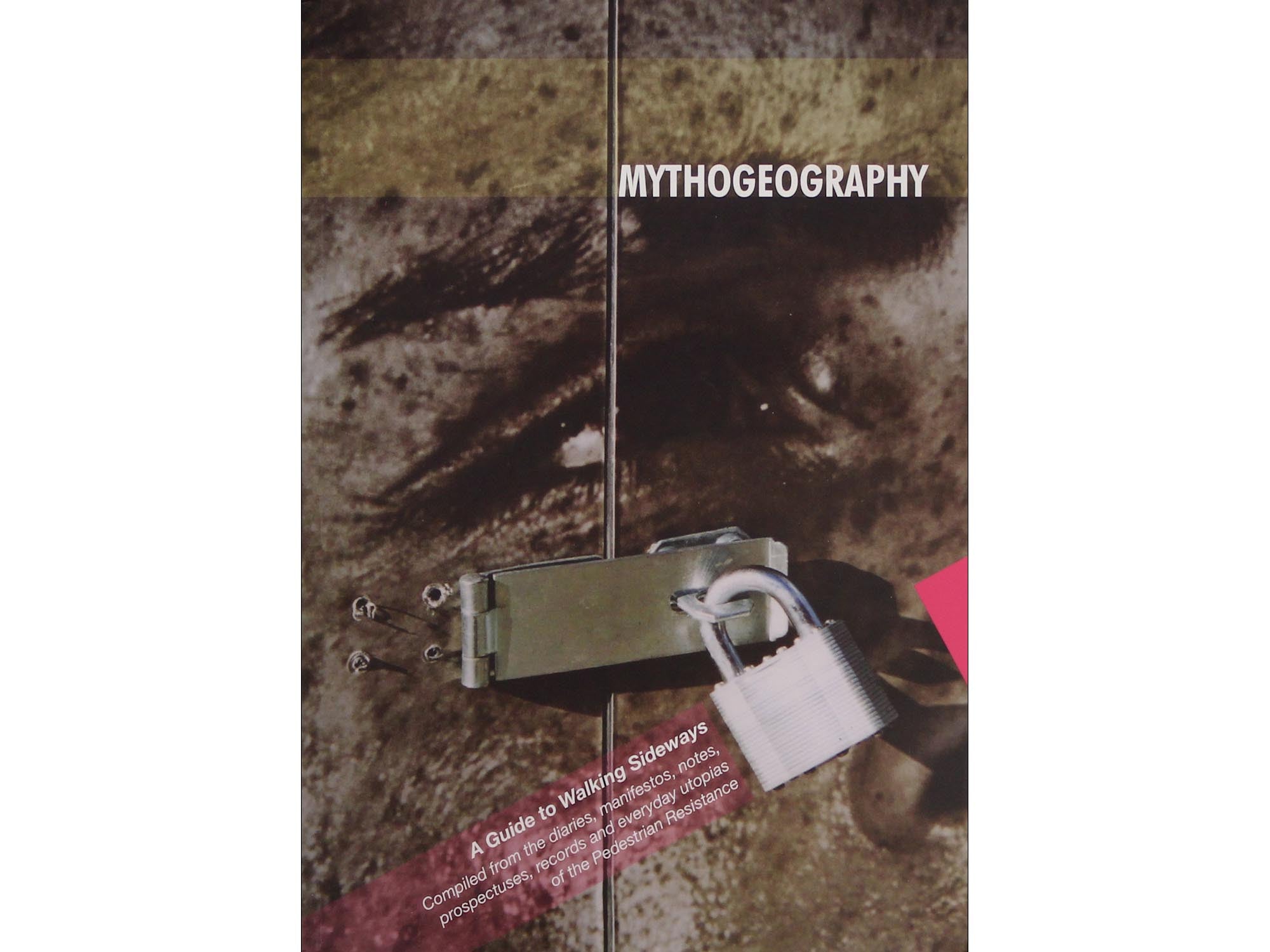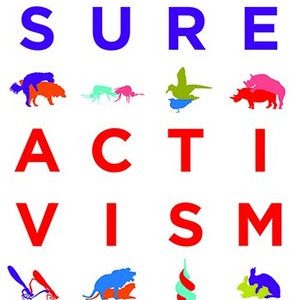Description
At its simplest, Mythogeography is a way of walking, thinking and visiting a place on many levels at the same time. Anyone can do it. You can do it. Walking becomes a performance, walkers become performers and the route becomes their co-star.
In a city, for example, walkers become aware of their urban home as a site, a forum, a playground and a stage, all there to enjoy, understand and provoke on multiple levels:
Shops, houses, streets, tourist sites, visitor centres, museums, heritage, industry, visible archaeology and history, community/social/collective ambitions, hopes, disappointments, failures, personal memories and recollections, invisible and forgotten history, concealed history (crime, disease, squalor), childhoods, loves, hates, myths, legends and rumours, private dreams, imaginings and fantasies.
The levels of the city are reflected back in the many levels of the walker – the public and the private, fact and dream, admissible and inadmissible, forgotten and remembered, past and future.
Mythogeography – the book – is:
2 parts story: The first section of the book is the gloriously funny and endlessly fascinating account of the author’s recent journey on foot across the north of England in the footsteps of a man who made the same journey 100 years ago sowing acorns in the company of a dog called Pontiflunk.
1 part handbook: The Handbook of Drifting and the Orrery later in the book have ideas on walking like a stalker, like a swimmer, like a ghost, like an explorer, like a pilgrim… and that’s just the start. Learn about how to organise your own procession, the philosophy of walking, crabs in society, UFOs in Devon, Uri Geller, the political geography of cities, the madness of municipal history and much, much more (as they say).
Triarchy Press, Devon 2010. 256 pages, 17 x 24.4 cm, paperback with colour images throughout.
ISBN 978-0-9562631-3-1





